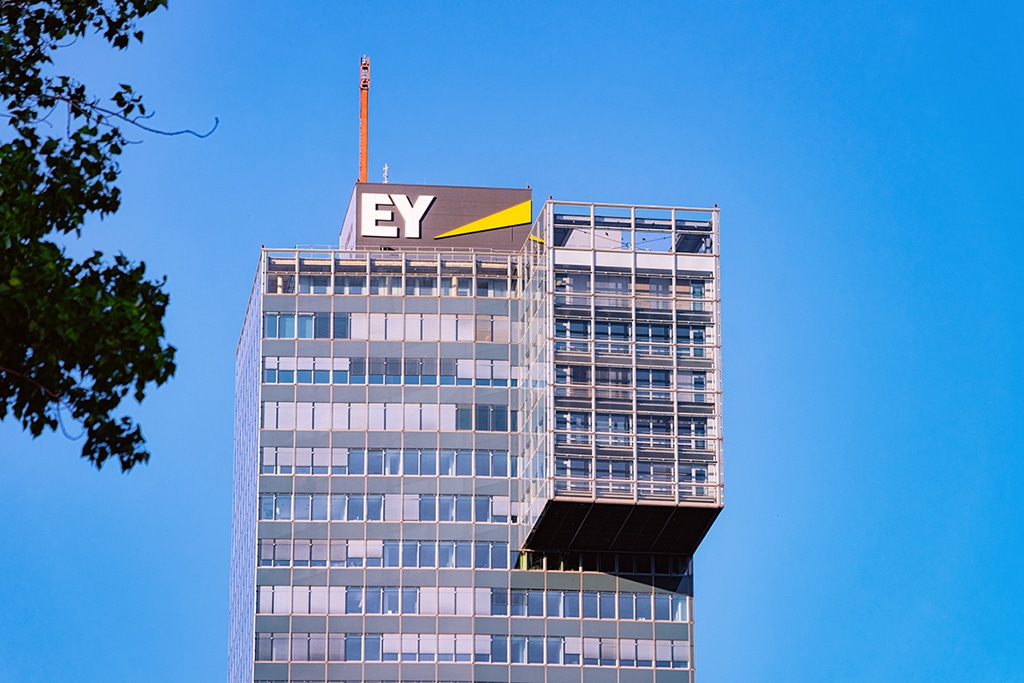According to EY’s filing, the company is planning to convert all recovered assets into Canadian dollars. It is also going to allocate funds to Quadriga’s customers depending on cryptocurrency prices from 2019.
Ernst & Young (EY), the largest assurance and consulting services company and a trustee for a notorious QuadrigaCX exchange, has revealed it received as many as 17,053 claims filed against Quadriga. Worth $171 million, the claims include about $90.2 million in Canadian dollars and more than $6 million in crypto. In particular, they implicate 24,427 Bitcoin (BTC), 65,457 Ethereum (ETH), 87,031 Litecoin (LTC), 7,723 Bitcoin Cash (BCH), 17,934 Bitcoin Gold (BTG), and 7,098 Bitcoin SV (BSV). However, to repay the claims, Ernst & Young has only roughly $29.8 million in funds.
According to EY’s filing, the company is planning to convert all recovered assets into Canadian dollars. It is also going to allocate funds to Quadriga’s customers depending on cryptocurrency prices from either April 15, 2019, when the exchange declared bankruptcy, or February 5, 2019, when users were blocked from accessing the exchange.
QuadrigaCX Case
QuadrigaCX was Canada’s largest cryptocurrency exchange. It offered spot trading of a relatively limited number of coins: Bitcoin, Ether, and Litecoin for USD or CAD. However, its existence did not last long. In 2018, the Canadian Imperial Bank of Commerce (CIBC) suspected the exchange of conducting illegal operations. CIBC froze C$28 million held by the Quadriga payment processor as they could not determine the ownership and sent the case to the court. Later, it turned out that Quadriga did not have a bank account and a formal accounting system. Instead, it used third-party payment processors.
Besides, it was found out that QuadrigaCX founder Gerald Cotten was obsessed with security issues. He conducted all the financial operations himself and held the password to off-line cold wallets. After his sudden death in December 2018, the exchange lost access to them and went defunct by closing all its operations. Since then, the exchange has been in big trouble to fetch out these funds and return all the investments to investors.
In 2019, QuadrigaCX ceased operations and declared bankruptcy with C$215.7 million in liabilities and about C$28 million in assets. At that time, the exchange had about 115,000 users. Since then, QuadrigaCX trustee Ernst & Young has been struggling to gather enough funds to continue ahead with the creditor protection proceedings. EY has the power to seize the exchange’s assets, sell them, and examine people who have relevant information. It has already figured out that the founder was transferring substantial funds to his account and other related parties.
The investigation is still going on. In September this year, Canadian law firm Miller Thomson hired consultancy firm Kroll in partnership with Coinfirm to perform blockchain analytics work related to the ongoing dissolution of QuadrigaCX.
